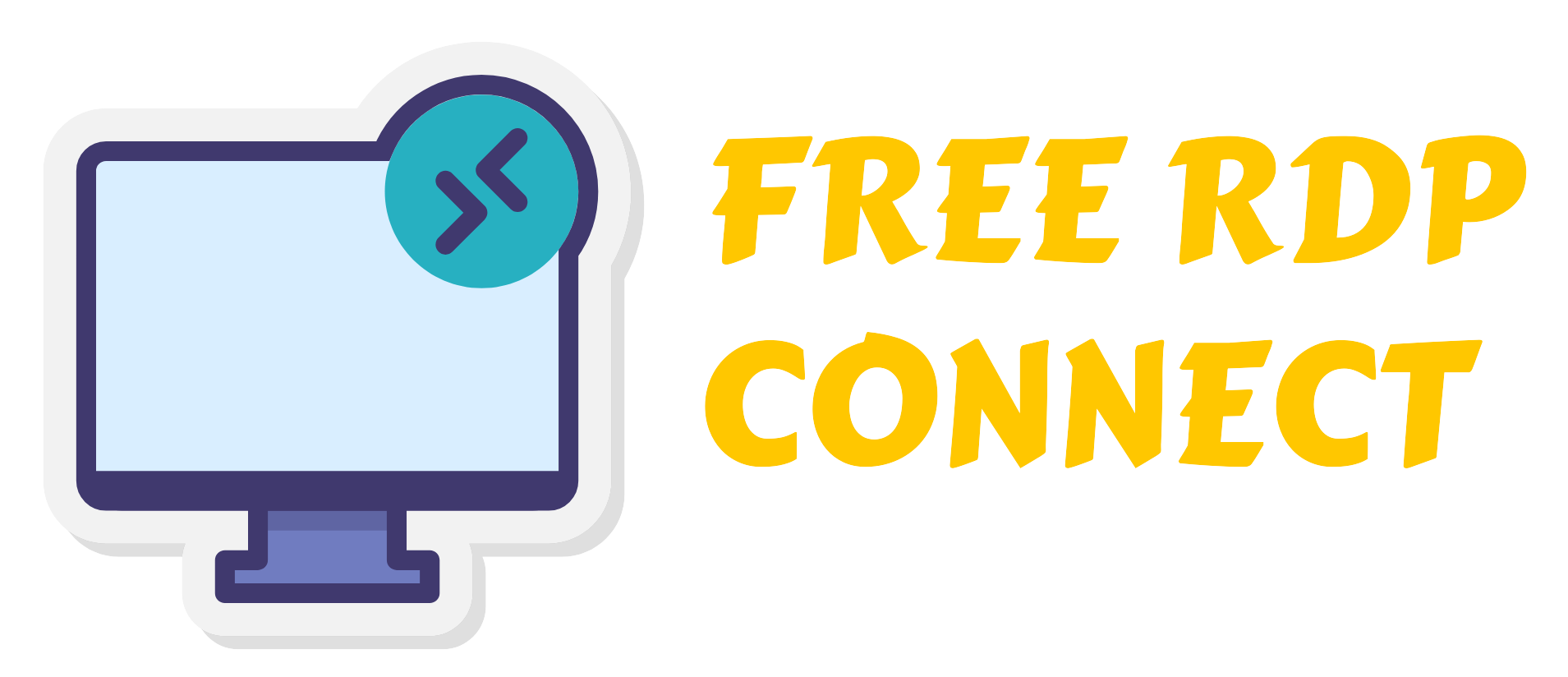Dear techies! We are going to enter into a world of exploration in Oracle Client and streamlining access with popular Microsoft tools. If you have ever wondered about maximizing the power of such technologies, then you are at the right place. Let’s jump into it!
Oracle Client is a very important tool for data access and management as it connects Microsoft tools like Excel and Access to Oracle databases. This efficient tool acts as a bridge between multiple systems and facilitates smooth workflows and increased productivity.

Image courtesy of Lum3n via Pexels
Table of Contents
Installing Oracle Client
Connecting Oracle Client to Microsoft Tools
Advanced Features and Tips
Case Studies and Success Stories
Conclusion
Installing Oracle Client
Installing Oracle Client may seem daunting at first, but fear not! Let’s follow the given steps:
Download the Software: Visit the official Oracle website to download your appropriate Oracle Client version suitable for your operating system; use either the 32-bit or the 64-bit.
Run the Installer: Launch the installer as instructed on-screen. Choose installation type depending on your need: the “Administrator” option is recommended for the purposes of most users.
Configure Environment Variables: Add the Oracle Home and Path variables to your system’s environment settings to enable proper communication.
Test the Installation: Use the command prompt to run tnsping commands to verify connectivity to your Oracle database.
By following these steps, you’ll have Oracle Client installed and ready to connect with Microsoft tools in no time.
Connecting Oracle Client to Microsoft Tools
Now that you’ve installed Oracle Client, it’s time to connect it to your favorite Microsoft tools. Here’s how:
1. Excel Integration
Install the Oracle ODBC Driver: Make sure you have the Oracle ODBC driver installed for creating data connections.
Create a Data Source: Open the ODBC Data Source Administrator and set a Data Source Name connection to your Oracle database;
Connect on Excel: Open an Excel workbook with the “Data” tab selected, and click “Getting Data.” Choose From Other Sources -> ODBC and select your requested DSN to fill the data directly into Excel.
2. Access Integration
Link Tables: In Microsoft Access, go to “External Data,” choose “ODBC Database,” and select your Oracle database DSN to link tables seamlessly.
Run Queries: Execute queries in Access to extract and manipulate Oracle database information efficiently.
3. SQL Server Management Studio (SSMS) Integration
Create Linked Servers: Configure linked servers in SSMS to connect Oracle databases.
Run Cross-Database Queries: Execute queries across SQL Server and Oracle to consolidate data insights.
Advanced Features and Tips
To ensure a smooth integration, make sure to follow these advanced tips:
Automation: Use Microsoft Power Automate to schedule tasks and automate workflows between Oracle and Microsoft tools.
Security: Ensure your connections are secure by using encryption protocols and setting up role-based access control.
Performance Optimization: Use query optimization techniques and indexing in Oracle to speed up data retrieval in Microsoft applications.
Case Studies and Success Stories
Example 1: Streamlining Financial Reporting
A multinational corporation used Oracle Client and Excel integration to automate financial reporting. By connecting Oracle Financials with Excel dashboards, they reduced manual effort by 60% and improved data accuracy.
Example 2: Enhancing Data Analysis
A healthcare organization integrated Oracle databases with Access to manage patient records. This streamlined their operations, allowing quicker data retrieval and better decision-making.
Conclusion
By integrating Oracle Client with Microsoft tools, productivity and efficiency reach new heights for both businesses and individuals. Whether it is crunching numbers in Excel, managing databases in Access, or analyzing in SQL server management studio, this integration makes workflows smooth and insights very impactful.
So, what are you waiting for? Start unleashing the power of Oracle and Microsoft tools from today, and take your productivity to the skies!


Leave a Reply